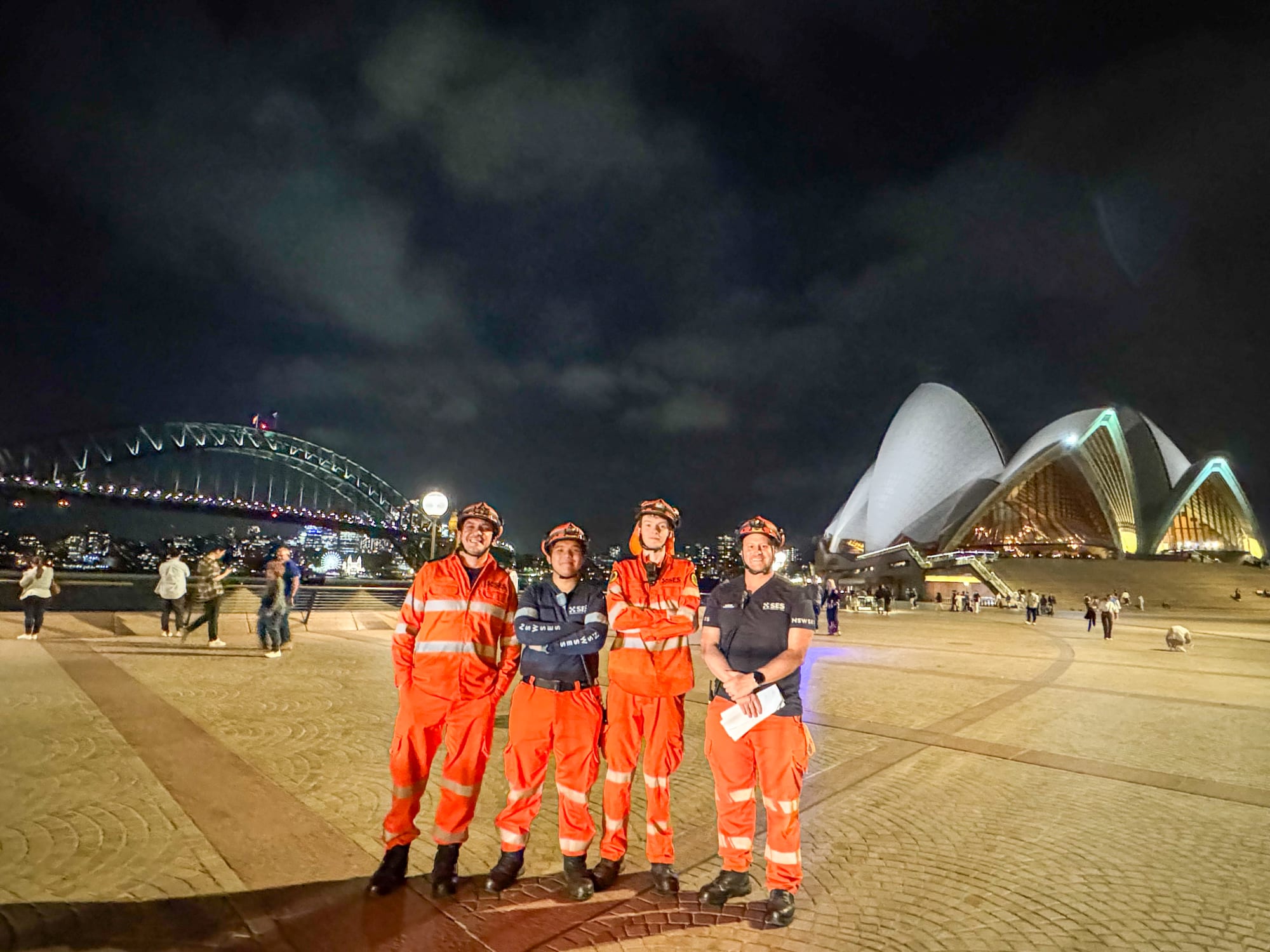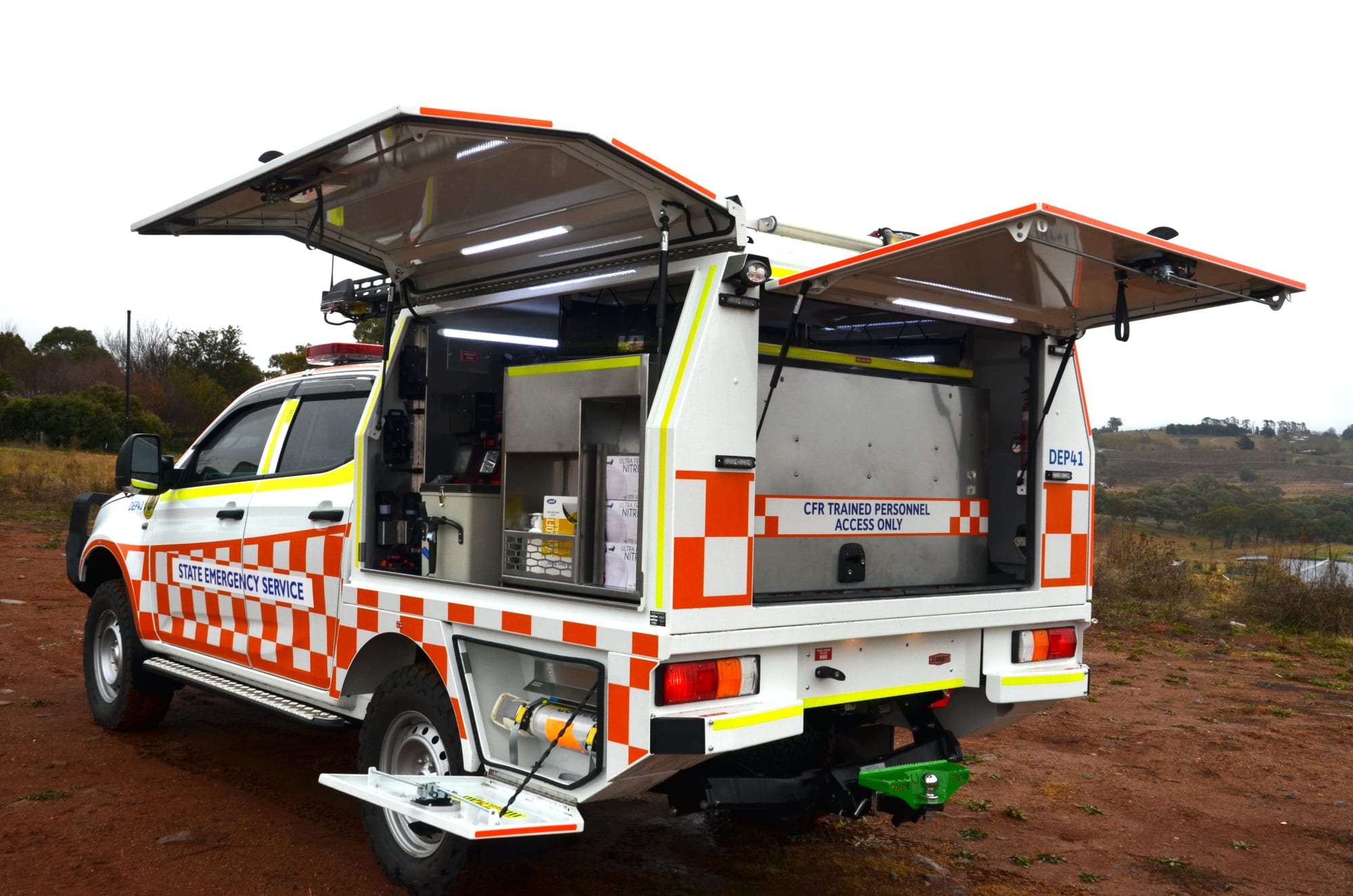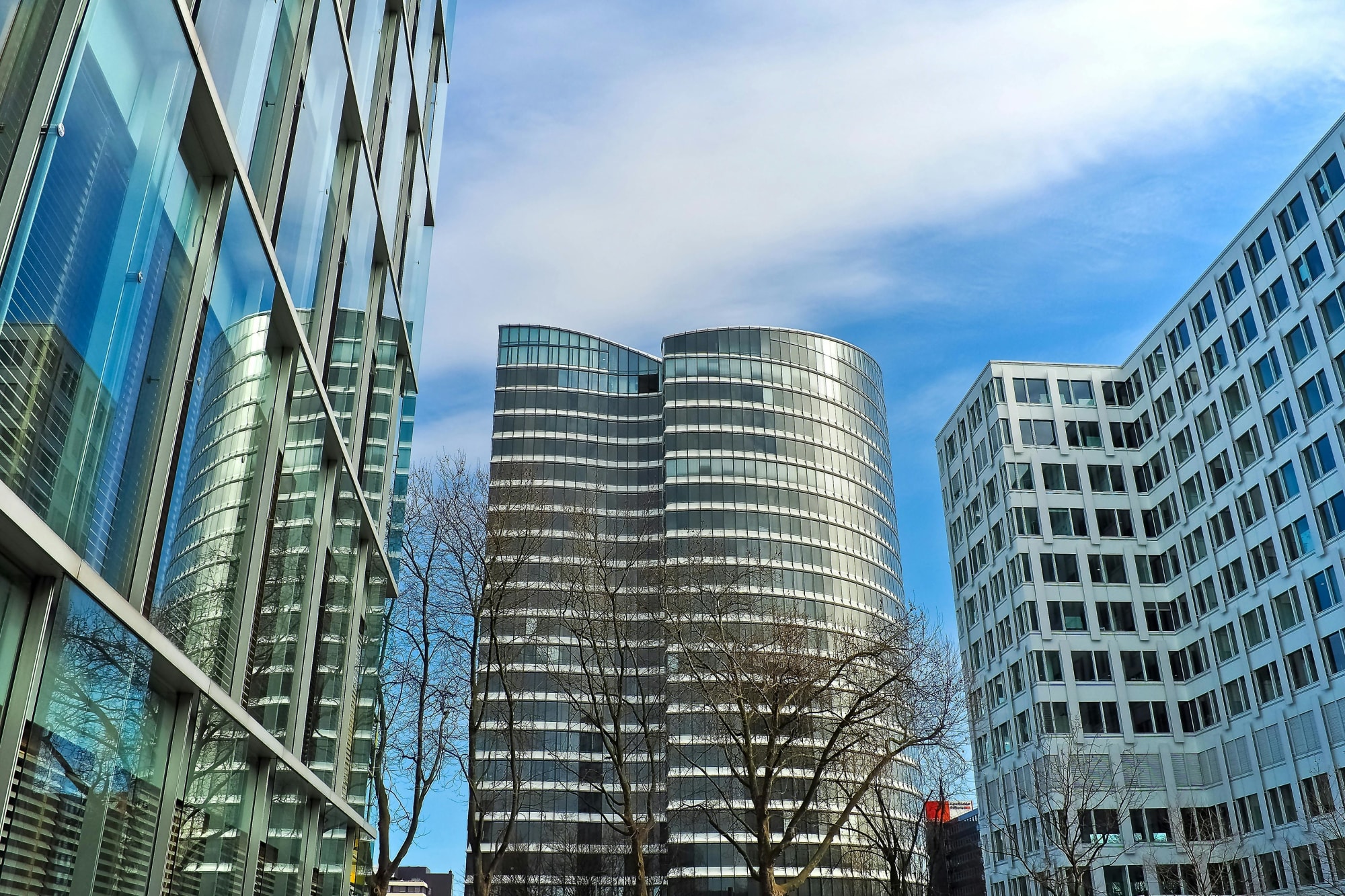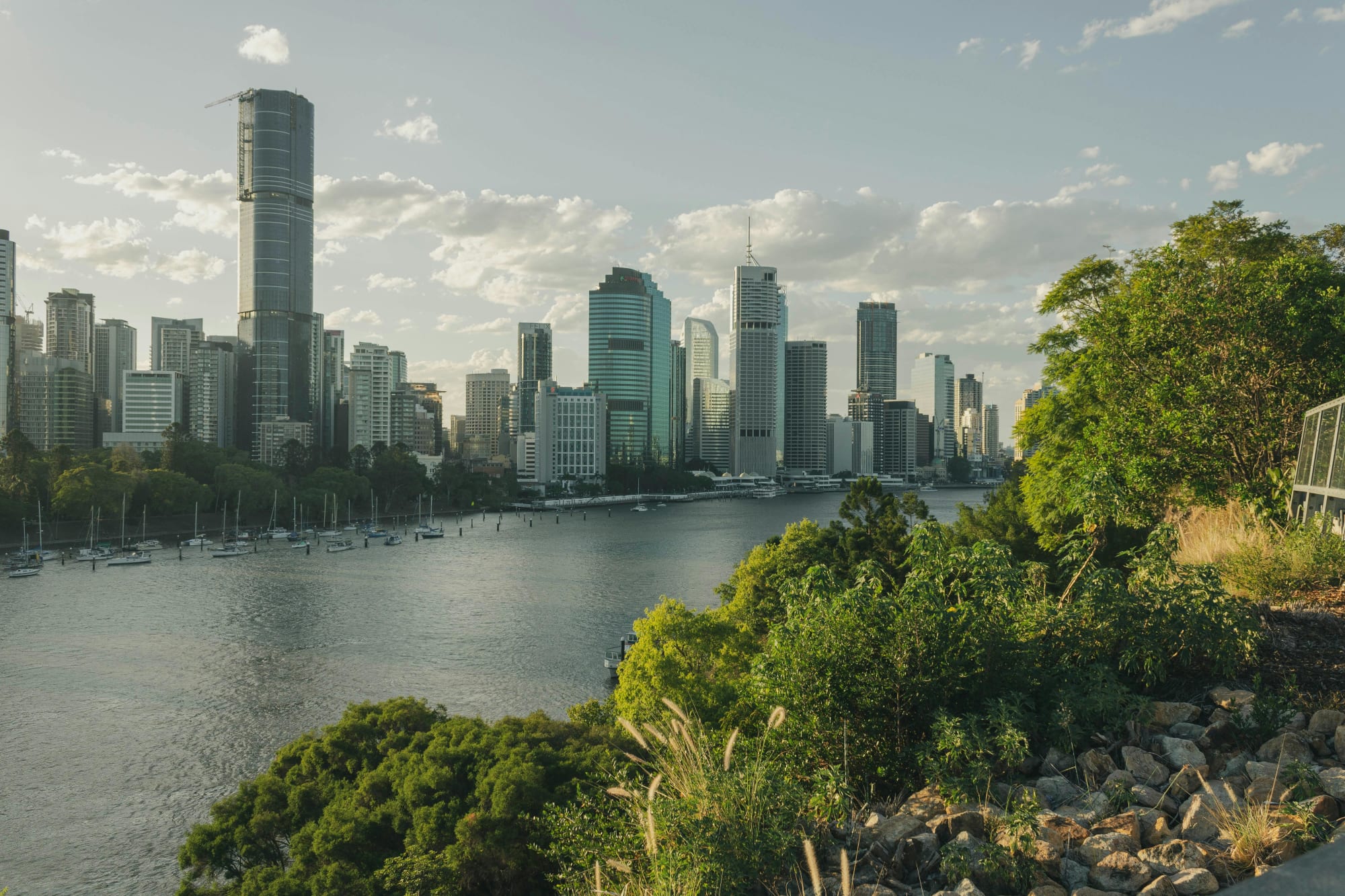Invest
Low emissions fund to tackle climate with ‘can-do capitalism’
The Morrison government is seeding a $500 million investment in accelerating the affordability and scalability of low emissions technologies.
Low emissions fund to tackle climate with ‘can-do capitalism’
The Morrison government is seeding a $500 million investment in accelerating the affordability and scalability of low emissions technologies.

The federal government is looking to fast-track investment and innovation for low emissions technologies through a new $1 billion Low Emissions Technology Commercialisation Fund.
Prime Minister Scott Morrison framed the plan as a natural extension of the government’s newly announced pathway to net zero emissions by 2050.
“Our plan to reach net zero by 2050 is an Australian one that’s focused on technology, not taxes, and this fund backs in Australian companies to find new solutions,” he said.
Set to be administered by the existing Clean Energy Finance Corporation (CEFC), the establishment of the fund includes a $500 million capital investment from the government, plus another $500 million from the private sector.

The Prime Minister said that the fund would help Australia become a world leader in creating affordable and scalable low emissions technology through investments in carbon capture and storage, solar panels, soil carbon and other low emissions technologies.
“We are backing Australian businesses by creating an environment for their successful ideas to thrive in contrast to Labor’s approach to always wanting to tax success,” he said.
Federal Minister for Industry, Energy and Emissions Reduction Angus Taylor said that the fund would underpin and support Australian innovation while also earning a positive return for taxpayers.
“It will address a gap in the Australian market, where currently small, complex, technology-focused start-ups can be considered to be too risky to finance,” he said.
The government said it expects a return of between $3 and $5 per dollar put into the fund, with an estimated 160,000 jobs to be created by 2030.
Mr Taylor also argued that the fund would complement other investments and build on the CEFC’s legacy as the world’s largest government-owned green bank.
The government said that it plans to introduce the legislation necessary to set up the fund during the coming term of Parliament and before the next election.
This is necessary because the current legislation that underpins the mandate of the CEFC prohibits the agency from investing in technologies like carbon capture and storage.
The federal government unsuccessfully attempted to expand this remit earlier back in June 2021.
As per the Australian government’s Long Term Emissions Reduction Plan, “large-scale CCUS projects can underpin new low emissions industries (including clean hydrogen) and provide a potential decarbonisation pathway for hard-to-abate industries”.
The federal government has said that it has invested $790 million in CCUS and related low emissions technologies since 2008.
However, the real-world results delivered by the technology thus far have largely fallen short in the years since.
“Carbon capture and storage has failed to deliver anything for decades. Whilst the price of solar and renewable energy has plummeted, carbon capture and storage has remained hugely expensive,” Smart Energy Council chief executive John Grimes said.
About the author

About the author


Economy
NSW SES boosts tsunami preparedness ahead of World Tsunami Awareness Day
As World Tsunami Awareness Day approaches on 5 November, the New South Wales State Emergency Service (NSW SES) is ramping up efforts to enhance tsunami preparedness along the east coastRead more

Economy
Lifesaving Regional Response Strengthened with New NSW SES Vehicles
In a significant boost to regional emergency services, the NSW State Emergency Service (SES) has unveiled 11 new Community First Response (CFR) vehicles, designed to enhance the speed and safety of ...Read more

Economy
Australia's June quarter GDP growth driven by consumer and government spending
Australia's economy has shown unexpected resilience in the June 2025 quarter, with household and government consumption driving growth despite a significant decline in public investmentRead more

Economy
Australia's GDP surprise is real but operators should heed the growth mix warning light
Australia’s June-quarter growth beat expectations on the strength of household consumption and government spending, even as public investment sagged. The upside surprise signals resilience, but the ...Read more

Economy
Households carried the quarter: what Australia’s upside GDP surprise means for strategy now
Australia’s economy expanded faster than expected in the June 2025 quarter, with GDP up 0.6 per cent quarter-on-quarter and 1.8 per cent year-on-year — the strongest pace in two years. The kicker ...Read more

Economy
Inflation dynamics in Australia: Electricity subsidies and labour market in focus
In a recent economic analysis, experts from State Street have highlighted significant developments in Australia's inflation landscape, attributing the changes primarily to the withdrawal of ...Read more

Economy
Australia's economic growth driven by consumer and government spending: A closer look at the June quarter
Australia's economy has delivered a surprising performance for the June 2025 quarter, surpassing expectations with a growth rate of 0.6% quarter-on-quarter and 1.8% year-on-year. This unexpected ...Read more

Economy
Australian and Korean leaders meet to unlock billions in new trade opportunities
In a significant effort to bolster economic ties and explore new avenues for investment, Australian and Korean leaders, alongside business executives and government officials, are gathering in Seoul ...Read more

Economy
NSW SES boosts tsunami preparedness ahead of World Tsunami Awareness Day
As World Tsunami Awareness Day approaches on 5 November, the New South Wales State Emergency Service (NSW SES) is ramping up efforts to enhance tsunami preparedness along the east coastRead more

Economy
Lifesaving Regional Response Strengthened with New NSW SES Vehicles
In a significant boost to regional emergency services, the NSW State Emergency Service (SES) has unveiled 11 new Community First Response (CFR) vehicles, designed to enhance the speed and safety of ...Read more

Economy
Australia's June quarter GDP growth driven by consumer and government spending
Australia's economy has shown unexpected resilience in the June 2025 quarter, with household and government consumption driving growth despite a significant decline in public investmentRead more

Economy
Australia's GDP surprise is real but operators should heed the growth mix warning light
Australia’s June-quarter growth beat expectations on the strength of household consumption and government spending, even as public investment sagged. The upside surprise signals resilience, but the ...Read more

Economy
Households carried the quarter: what Australia’s upside GDP surprise means for strategy now
Australia’s economy expanded faster than expected in the June 2025 quarter, with GDP up 0.6 per cent quarter-on-quarter and 1.8 per cent year-on-year — the strongest pace in two years. The kicker ...Read more

Economy
Inflation dynamics in Australia: Electricity subsidies and labour market in focus
In a recent economic analysis, experts from State Street have highlighted significant developments in Australia's inflation landscape, attributing the changes primarily to the withdrawal of ...Read more

Economy
Australia's economic growth driven by consumer and government spending: A closer look at the June quarter
Australia's economy has delivered a surprising performance for the June 2025 quarter, surpassing expectations with a growth rate of 0.6% quarter-on-quarter and 1.8% year-on-year. This unexpected ...Read more

Economy
Australian and Korean leaders meet to unlock billions in new trade opportunities
In a significant effort to bolster economic ties and explore new avenues for investment, Australian and Korean leaders, alongside business executives and government officials, are gathering in Seoul ...Read more








